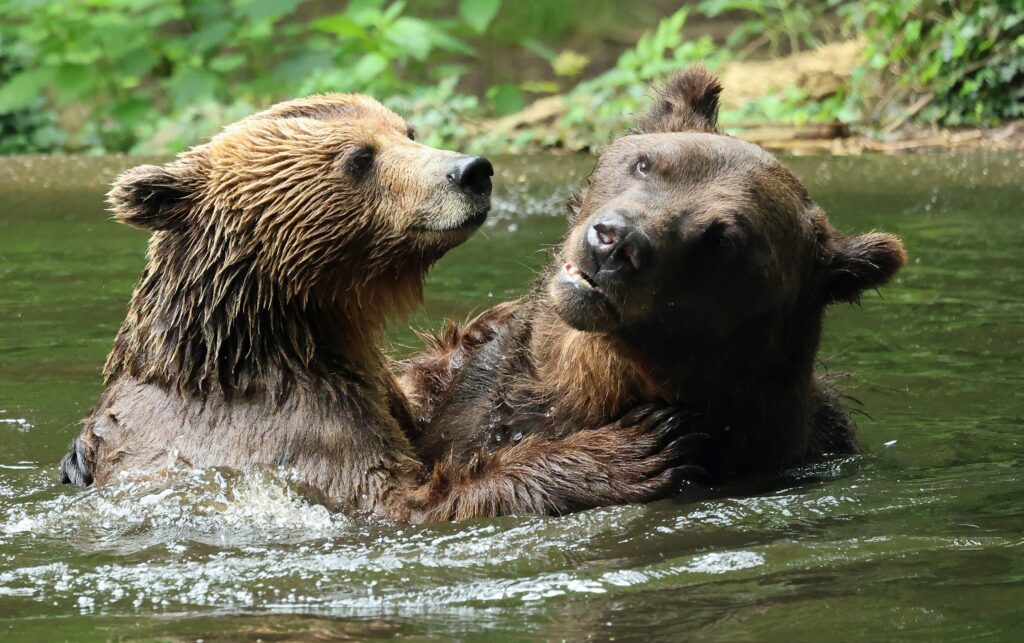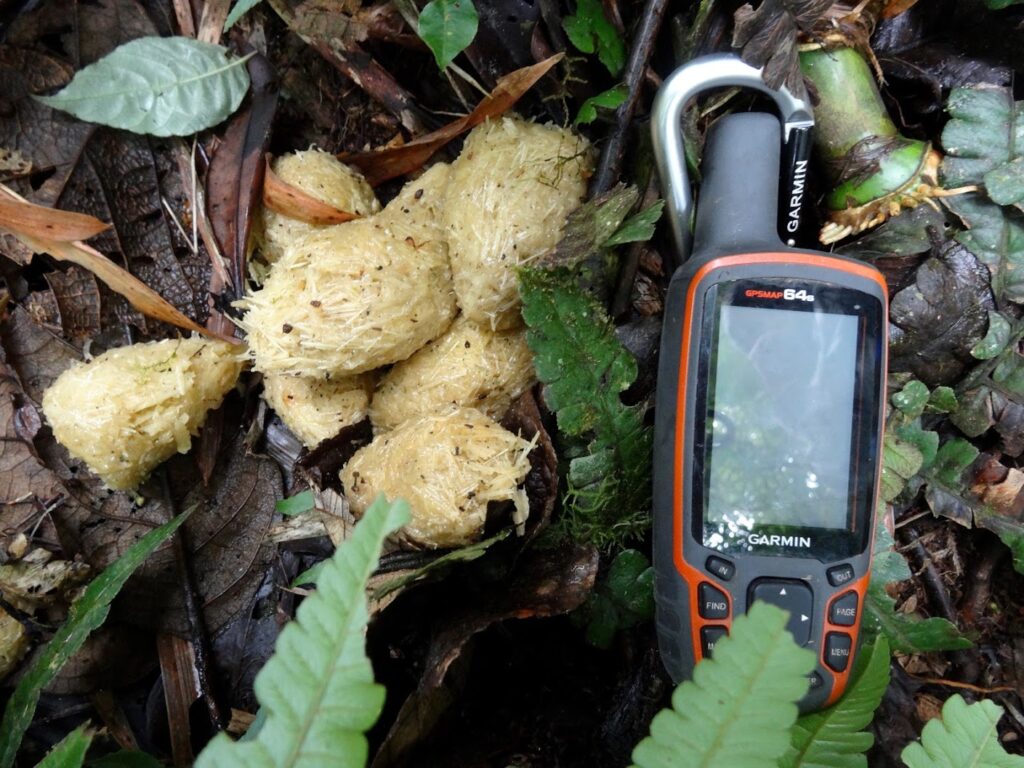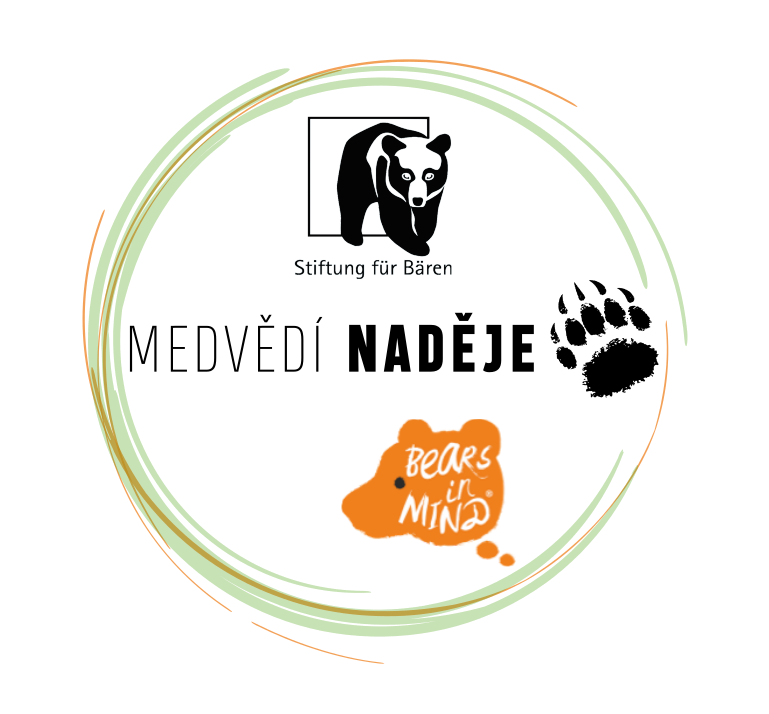The beginning of the idea and need to do something substantial for captive bears in Europe goes back more than 30 years. In 1990, Ouwehand Zoo in the Netherlands was asked by the Directorate-General (European Commission; EC) to draw up a plan to accommodate several captive (ex-dancing) bears from Greece. Those would be confiscated following a change in legislation. The use of dancing bears as street entertainment was not only banned in Greece, but also in Turkey. In the years that followed (more than 200 bears needed to be rehomed!), two large bear sanctuaries were built in the above-mentioned countries and dozens of bears were saved and relocated. But more bears needed a new home, amongst them three blind dancing bears from Turkey, and following the initial request by the EC, Ouwehand Zoo was able to finally answer this request with the start of the development of the Bear Forest, a sanctuary for mistreated European brown bears. A separate foundation, i.e. Bears in Mind, was created in April 1993 to manage this bear sanctuary.

In the >30 years of its existence, Bears in Mind and its sanctuary has been able to offer peaceful asylum to a total of 36 brown bears from circuses, private collections, theaters, film industry, road-side zoos to bears that were kept next to a restaurant or a petrol station. Unfortunately, captive bears are found under many horrific and often shameful conditions. The bears in the Bear Forest live together with a small pack of four wolves. These animals are kept together in this mixed-species environment as a way of mimicking their natural environment. The interaction between wolves and bears stimulates the natural behavior of both species, which is beneficial to all. The sanctuary is two hectare in size, has a large pool for the bears and a waterfall to drink/swim/cool down and play in. It is part of the surrounding natural forest which borders the zoo and it has 11 artificial dens and two small wooden shacks for the bears to shelter from the elements or hibernate in. Before entering the Bear Forest, visitors are walking through ‘Karpatica’, a series of simulated Romanian-style houses with informative and interactive education material about the biology and ecology of bears in general, threats to bears and their habitat, and of course about Bears in Mind and their projects around the globe.
Bears in Mind supports projects which focus on these three key areas:
- Conservation (of wild bears and their habitat)
- Education & Awareness
- Welfare (of bears in captivity)

Bears in Mind cooperates with local NGOs, universities, governmental institutions and other stakeholders to address and work on bear-related issues, and towards sustainable solutions.
Bears in Mind is a valued member of and operates within several network organizations such as the IUCN (World Conservation Union), EAZA (European Association of Zoos & Aquaria), EARS (European Alliance of Rescue Centers & Sanctuaries) and the IBA (International Association for Bear Research & Management).
